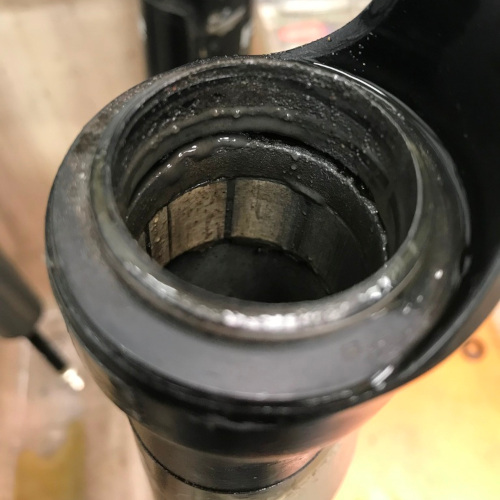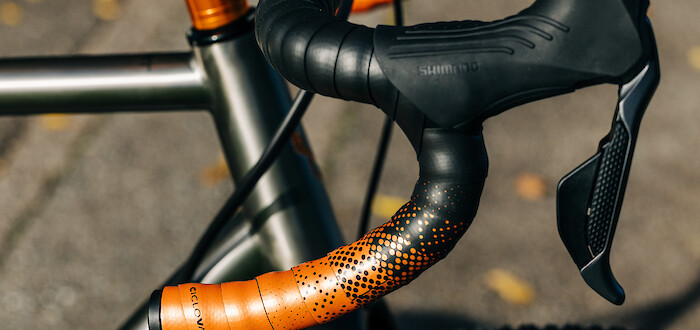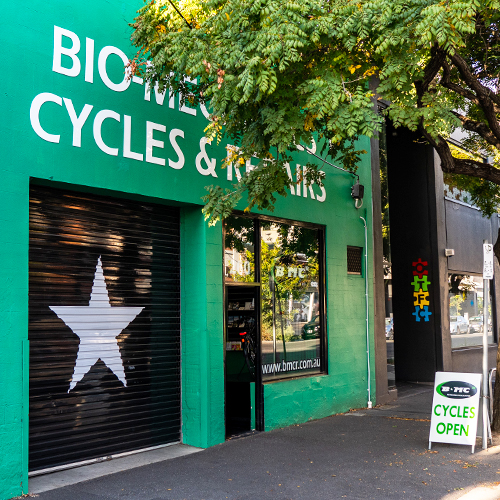Why Suspension Needs Attention


Suspension is like a marriage: when it works, it’s brilliant; when it doesn’t, it’s horrible; and if you ignore it, it can become very expensive.
The good news, however, is that there's only one thing you need to do to keep your suspension happy: maintenance. And it's easier than you think.
Tell-tale signs that your suspension is unhappy
Whether you've got forks, a shock or a dropper post, these things should tip you off:
- It’s leaking. Anywhere.
- The performance has dropped. The damping isn’t working like it used to, it sounds squelchy, your dropper post no longer stays fully extended, or things just don’t feel right.
- You’ve been riding regularly, and it’s been more than a year since the suspension has been looked at.
Can't I just ignore it for a while?
Let us show you why that's a bad idea.
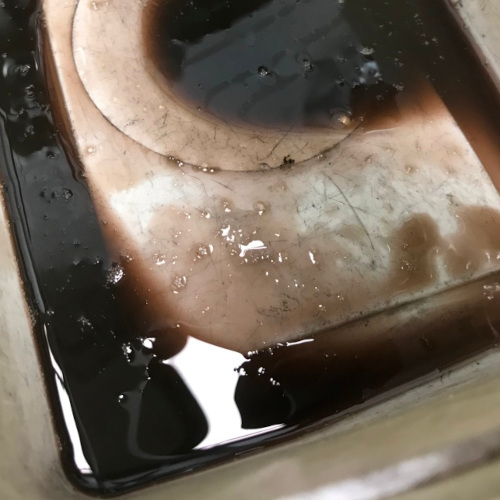
This fork oil is a lot darker than it should be. The culprit is contaminants.
When oil is full of contaminants, it's far more abrasive. Abrasive oil accelerates wear. It’s not only contaminated by the old seals and glide rings breaking down, but as the external seals wear, they let grit, dust and debris past into the body of the suspension. Once they're in there, they basically act like sandpaper on your fork stanchions or damper body, and do things like this:
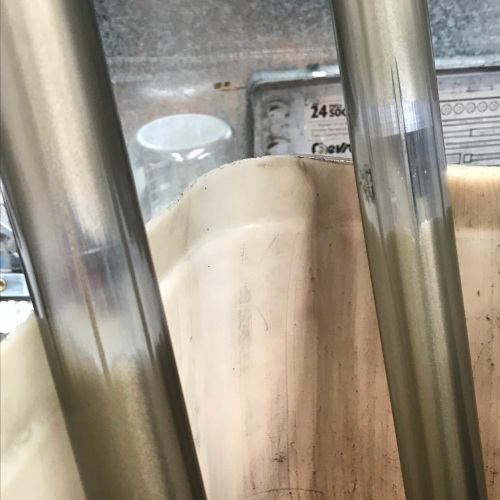
In addition to the abrasive action, you’ll also notice that the suspension doesn’t perform as well. Fresh oil is nice and slippery while contaminated oil is not.
What's the worst that can happen?
It's pretty hard to have a great time out on the trails if you have to keep pumping your shock up, or if your forks bottom out on every jump, or if your dropper post just acts like a pogo stick.
In addition, ignoring suspension issues not only affects your ride, but can also end up costing you a lot of money. Small issues (like leaking seals) can be fixed with a service, but if you keep riding suspension that's suffering, sometimes the problems become too big for even us to fix. That's when you end up needing to replace the forks, shock or post completely. Considering that even the most basic shocks and forks start at around $500 (and go up to several thousand dollars), regular maintenance can save you major cash.
Service work can also pick up problems before they turn into catastrophic failures.
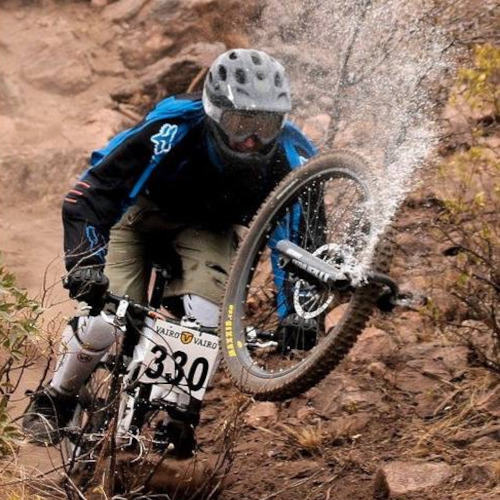
Here’s another fun suspension-related word: cavitated. Cavitated oil basically means that it’s full of air.
How do I know if my oil is cavitated?
There are two give-aways:
- Your damping doesn’t really work.
- You can hear a kind of slushy sound when you compress your shock.
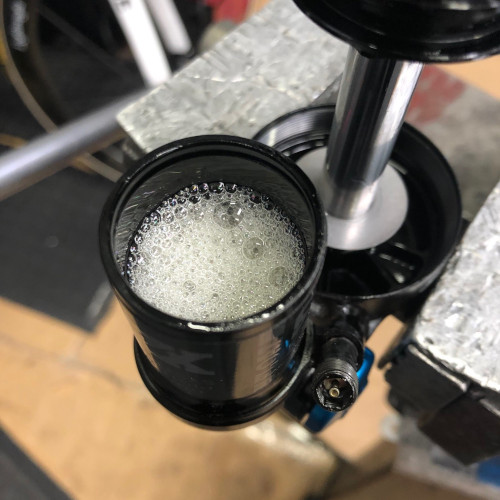
What can I do at home?
The simplest home maintenance tip is to keep your suspension clean. Don't blast it with a hose, though -- all it needs is a gentle wipe-over, particularly after dusty, muddy or wet rides. This will help keep some of the grime and grit from working its way inside the seals.
You can also add a drop of stanchion lube to the seals to keep them supple. (Note: there's no need to start pulling seals out or trying to get the lube past them; the lube will work its way in as you ride.)
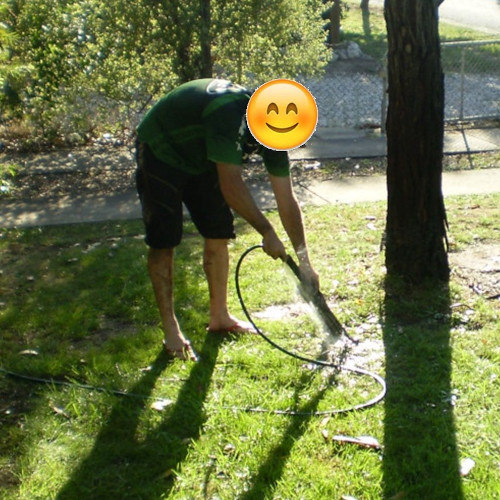
In short, BMCR's 3 easy steps to avoid suspension hell
- If you're riding regularly, get your suspension serviced regularly, too. Annually is a good guide, but it's also handy to keep a rough track on how many hours you've spent on the bike between services. Most manufacturers specify somewhere around 150 hours between full strip-down services.
- If you notice leaking or seeping, a weird noise, or something not feeling right, don't keep riding on it: get it checked out.
- Keep your bits clean. (But no hosing.)
If your suspension is feeling less than buttery-smooth or hasn't seen any love in a while, click here and we'll get it sorted out. We can also set up annual reminders, too!
